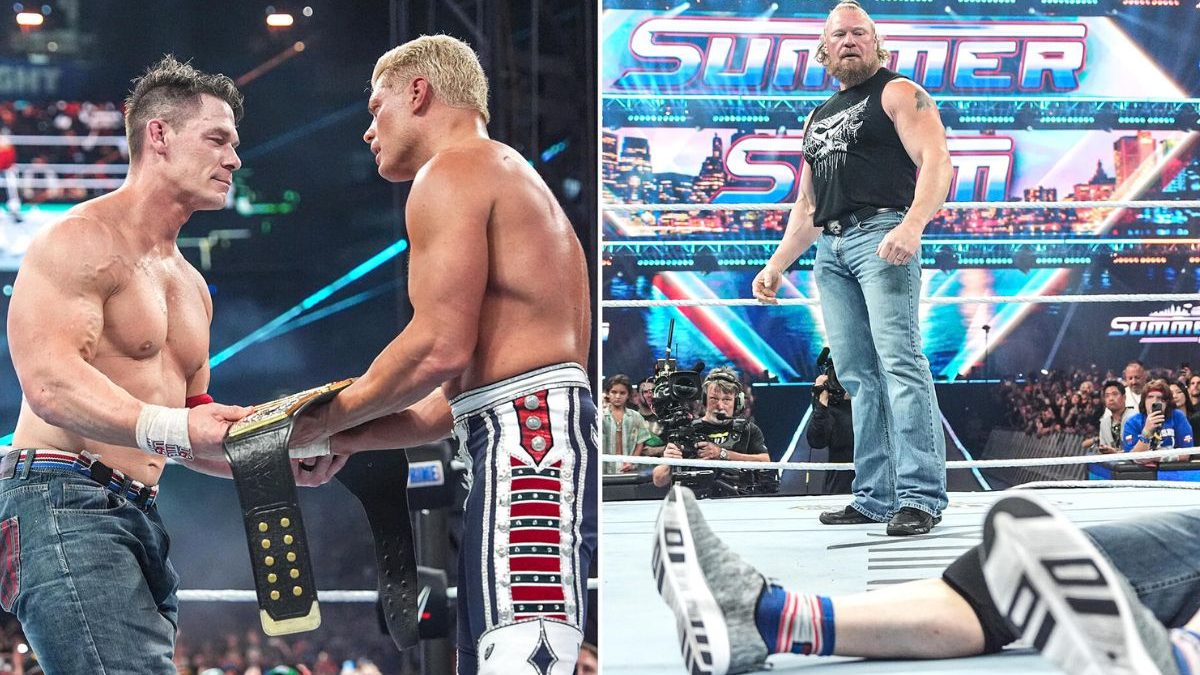The 70s were one of cricket’s golden ages. Dennis Lillee and Jeff Thomson were tearing it up for the Aussies, the West Indies were laying waste to batting line-ups with some of the most fearsome bowlers the game had ever seen. Imran Khan and Richard Hadlee were rewriting history books. And we, we had Sunil Gavaskar and Kapil Dev. Off the field though, things were bleak. The very same legends, and their lesser peers, were struggling to eke out a living. Despite repeatedly arguing for a contractual system— Australian skipper Ian Chappell was at the forefront of the negotiations—those who ran the game refused to pay attention. Ross Edwards, a batsman who played 20 Tests for Australia, is not a name likely to ring many bells, but his predicament captures the cricketing zeitgeist perfectly. As he recalled to journalist Gideon Haigh in the latter’s book about the WSC — _The Cricket W_ar. “By the end in the West Indies (in 1973), I was so physically exhausted I couldn’t get past the teens when I batted. I remember one day when someone brought food into my hotel room and I just couldn’t stop eating it. My body was so starved of nutrition.” At the time, Edwards had Australian $10 to his name. There was a revolution waiting to happen. All it needed was someone with deep pockets and the stubbornness of a mule. Enter Kerry Packer. Incensed by the Australian Cricket Board’s (ACB) refusal to entertain his channel’s bid for live broadcast rights to the game, the media magnate declared war. He devised a breakaway competition, the WSC, that would run parallel to the Australian cricket season, and that would, in time, lure some of the world’s best to the country’s shores. The next two years were cataclysmic for the game. After a lukewarm reception, the WSC’s popularity began to grow. With the likes of Michael Holding, Vivian Richards and Lillee on the rolls, the competition was not a hard sell. Years later, the IPL would realise the same thing – the best cricketers are indispensable. Those who ran the game — the high priests of status quo —dug in their heels. The ACB banned those participating in WSC from playing for Australia, but the Packer juggernaut rolled on as the businessman opened his war chest to lure players, lease grounds (the ACB wouldn’t let him use their grounds) and on marketing aimed at two demographics not traditionally associated with the game – women and children. Matches were played under floodlights, with coloured clothing and a white ball. It was derisorily referred to as Packer’s Circus. In hindsight, it was the proto-IPL. There was an unprecedented emphasis on fitness. Packer paid his players well and expected unremitting commitment in return. The matches, which were never recognised as official by the powers-that-be, were played with a ferocity befitting international games. During one game, Australian batsman David Hookes had his jaw broken by an Andy Roberts bouncer. It was entertainment nonpareil. The final ‘Supertest’ of 1978-79 between Australia and the Rest of the World saw more than 40,000 come in through the turnstiles over three days. WSC was the flavour of the season and everyone wanted a taste. The ACB had no option but to raise the white flag. Packer’s Channel Nine got the rights to broadcast Australian cricket. In return, WSC would fold. The ‘Packer Circus’ signalled a shift in the power centre of the game – from bureaucrats to players and broadcasters. As Asif Iqbal, who captained the World XI in 1978, told Cricket Monthly, modern-day cricketers “should be grateful to Kerry Packer for not only making cricket a better paid game but also for the innovations he introduced.” But the shift in the material status of the cricketer (a Ranji player today earns more than Australian $700 per match day – remember Edwards’ Australian $10?) and the sport itself, has made cricket dependent on the whims of the capitalist market. Channel Nine held broadcast rights to cricket in Australia for 40 years, until 2018, when it was outbid by Seven and Fox Sports. The former, which is free-to-air, has the rights to all Test matches in Australia while the latter, which needs a subscription that only 30% Australians have, has exclusive right to all white ball cricket. The quintessential Australian summer with free cricket on the telly is no more. In an age where cricket is merely one of myriad entertainment options, restricting access to the game is a regressive decision. It is also the natural evolution of Packer’s realisation that cricket is an eminently marketable and monetisable product. And that, perversely, may be his longest-lasting legacy. Priyansh is a writer based in New Delhi
A look back at the events leading up to the World Series of Cricket and the impact it had on our favourite sport
Advertisement
End of Article


)

)
)
)
)
)
)
)
)



